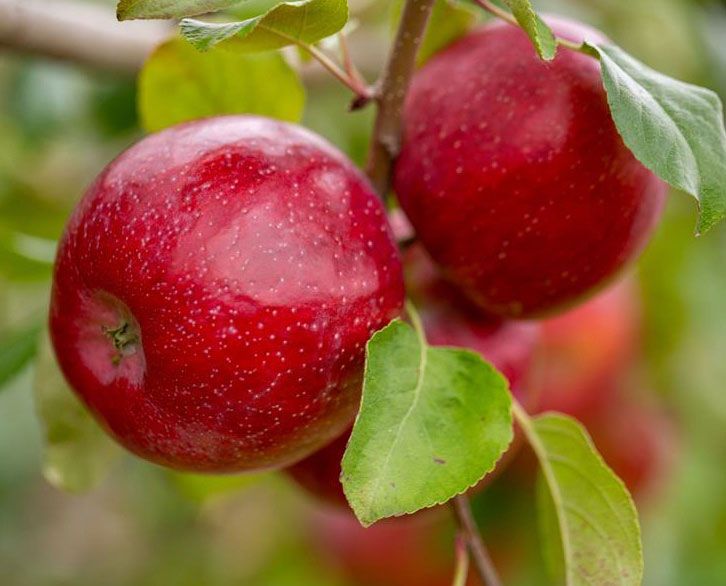Boosting Berry Production In Ohio
Researchers with The Ohio State University (OSU) Extension are in the midst of a multi-year project studying alternative planting methods to help Ohio growers increase the production of two small, increasingly popular fruits that many health experts hail as “superfoods.”
The demand for blackberries and raspberries has exploded in recent years, thanks to consumers who covet the tiny sweet fruits for their many health benefits, said Gary Gao, an OSU Extension specialist and associate professor of small fruit crops at the OSU South Centers at Piketon. With the growing consumer demand for more locally grown, healthy foods, farmers who are able to increase their blackberry and raspberry production could see a significant financial gain, he said.
“The project is designed to address an urgent issue of a severe shortage of Ohio-grown blackberries and raspberries, both in total quantity and seasonal availability,” Gao said. “Fresh raspberry consumption is up nearly 300% in the U.S. and blackberry crops have expanded worldwide.”
Expansion of blackberry and raspberry acreage in Ohio is one of the goals of the two-year, $55,000 project, which is funded through a USDA specialty crop block grant through the Ohio Department of Agriculture, Gao said. The grant was awarded over the summer and work began on the project in October 2012.
The grant allows Gao and his colleagues to work on increasing the bramble acreage in Ohio by 150 acres in the next two to five years and to improve the yields of bramble plants by 15%, he said.
The grant also allows work on expanding the seasonal availability of bramble fruits by at least two weeks and educating at least 200 bramble growers through six comprehensive training workshops and demonstrating the profit potential of season-extension methods, Gao said.
The major challenge of growing blackberries in Ohio is that the fruit lacks a large degree of winter hardiness, he said. “If the region experiences a mild winter, such as last winter, the plants will come through winter fine and produce a good crop,” he said. “But if the winter is too cold, as are many Ohio winters, the harsh weather can cause severe injuries to blackberry crops.”
In addition to testing more hardy varieties, the project will also use high tunnels to grow blackberries as well as raspberries, which can also help protect the plants from weather, pests, and disease, as well as help extend the growing season to produce the fruits weeks earlier than traditional plantings and see those yields much longer, in some cases through December, Gao said.
“There is a lot of excitement with high tunnels,” he said. “If you grow raspberries in the field with no protection, you’d probably yield 5,000 to 6,000 raspberries per acre. But if you grow raspberries in high tunnels, you can eventually yield 16,000 to 19,000 per acre, which is a tremendous increase.”
High tunnels can also shield the plants and berries from rain; growers don’t have to use as much fungicide sprays for disease control and report higher quality and taller plants.
“This strong demand for fresh blackberries and raspberries presents a golden opportunity for existing fruit growers to expand their production acreage and new growers to get into bramble production as a way to diversify their business,” Gao said. “The main benefit is we just don’t have enough locally grown raspberries or blackberries. If you talk to any raspberry or blackberry grower, they say they would benefit from a longer season to benefit from the mass of consumers interested in the locally grown fruits.”










